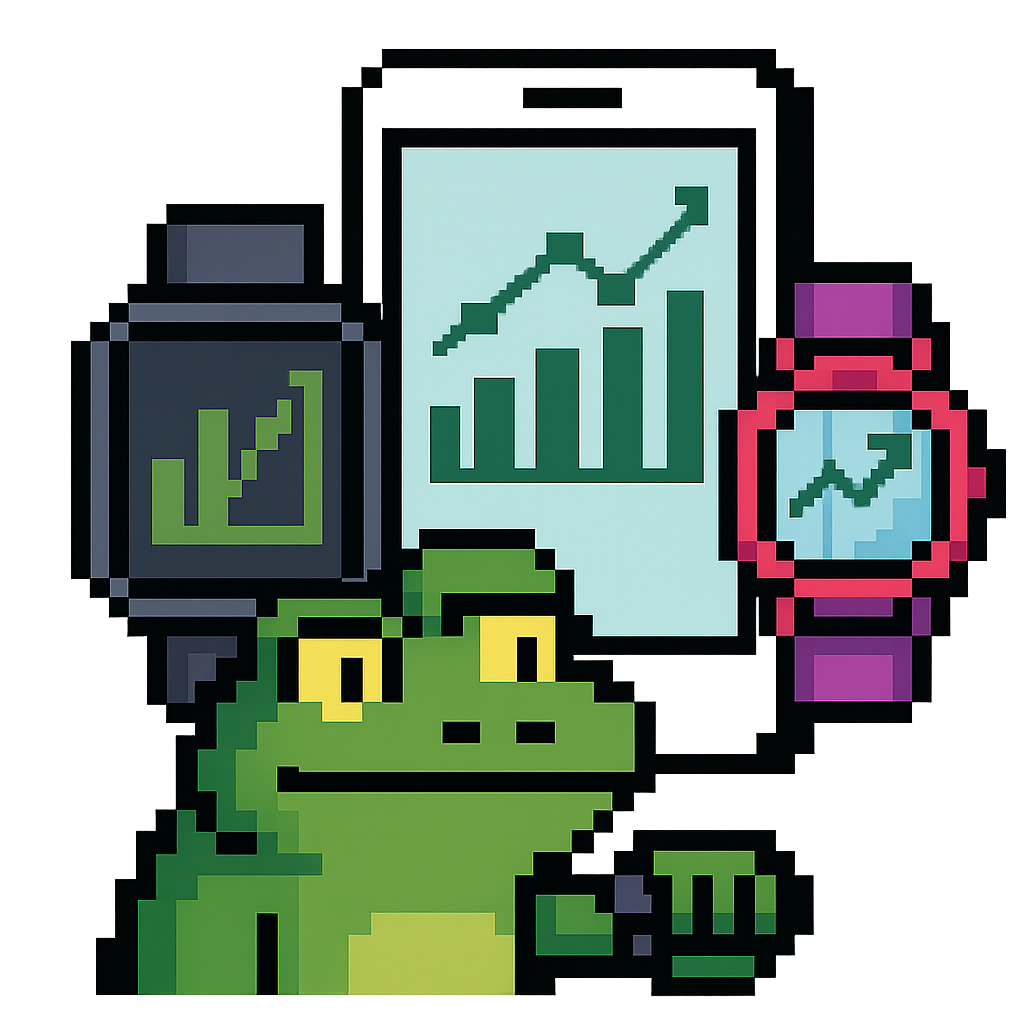I’ve always liked the idea of recording all the little everyday events in my life, and somehow having a digital fortune teller sift through it all and tell me something that I didn’t know about myself. The problem, of course, is that this requires adopting ten new apps, with ten new habits to form. The result? All that work is fragmented into ten different places. How do you make use of it? Sounds like a lot of work… maybe I could write my own app, and add some more useful data types? Maybe run some data analytics, learn a little of the data side?
Like everybody else, I’ve been playing with LLMs for the last little while, and as a software developer, I’ve been looking for an idea where they can be applied in a way that’s not just another chatbot (no disrespect). My favorite thing about LLMs is that they can serve as a natural language interface, so that people can speak naturally and have the machine “understand” it. While VR and AR have stolen the spotlight for new experiences, I think there’s a great opportunity in a much less flashy package: wearables. Specifically, spoken voice.
Flogger is my attempt to connect the two: A “One Life Logger App to Rule Them All,” and wearable/voice UI, made possible by LLMs.



